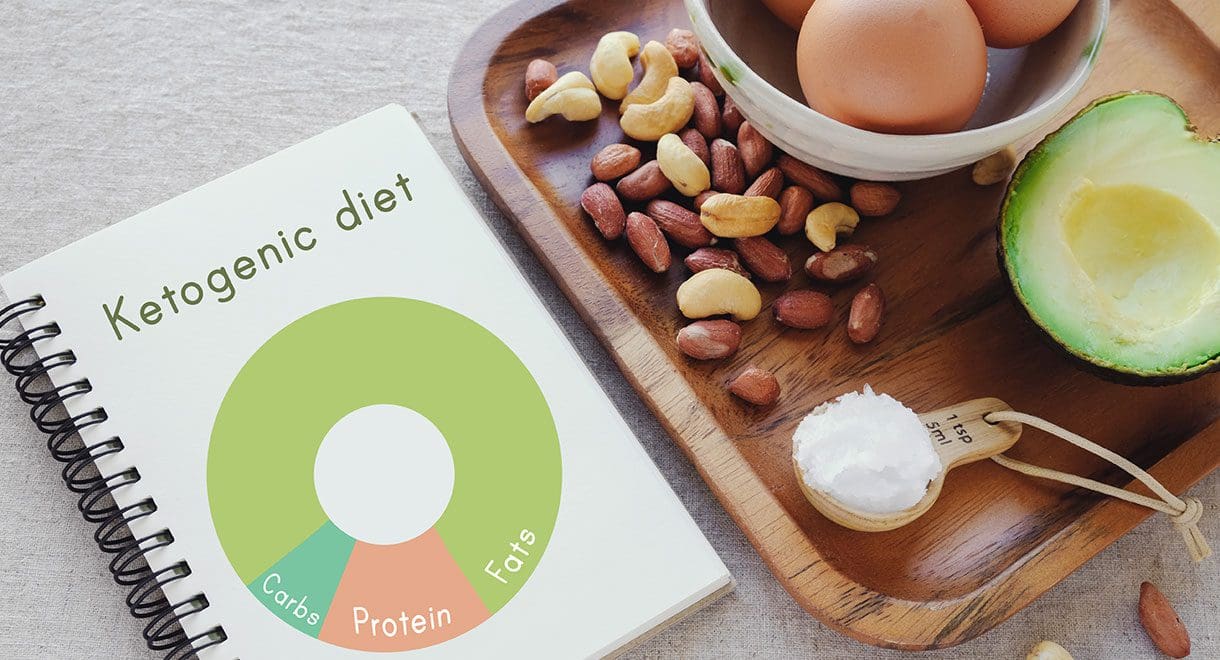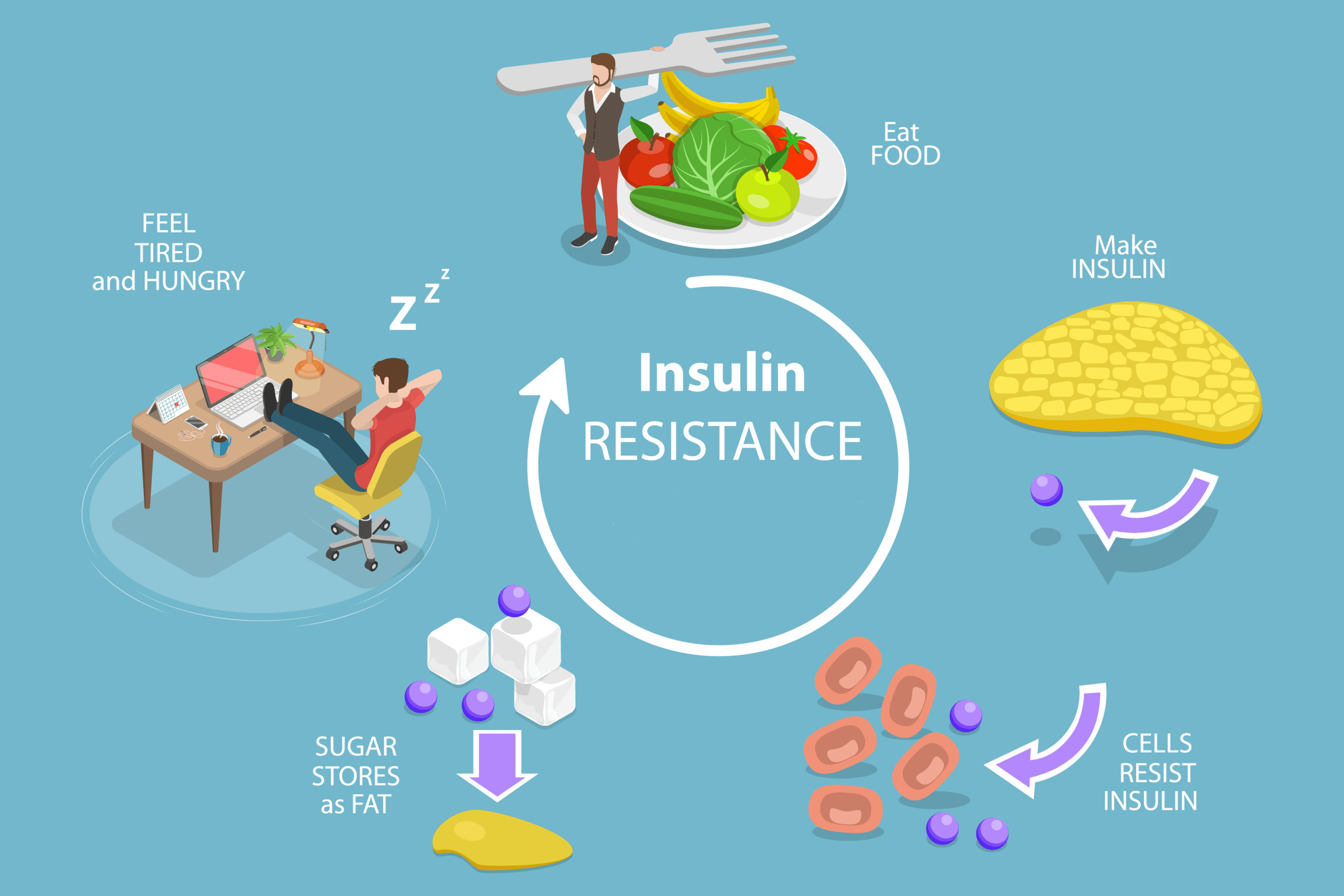What is the ketogenic diet and could it help you lose weight?
By Louise Belle BHSc (Nut Med)
The ketogenic diet has gained a lot of attention and popularity in recent years. It has traditionally been used in the medical world to control seizures in those with epilepsy, but is now increasing in popularity for fitness fanatics and those wanting to lose weight.
What is the diet?
Essentially, the ketogenic diet is a very low carbohydrate, high fat and moderate protein diet. It is a strict diet which involves you to carefully count your macronutrients (carbohydrates, fat and protein) in order to enter ketosis. Ketosis is the state in which your body starts to burn fat as a source of energy. When your body does this, it releases ketone bodies which can be measured in the blood or urine. Those doing the ketogenic diet will need to measure their ketone bodies to ensure they are in a state of ketosis – this will let you know that the diet is working. Urine strips can be purchased from most chemists, and you can use these to see whether you are in ketosis or not. It can take about two days of following a ketogenic diet to enter ketosis.
How do I do it?
Generally speaking, carbohydrate intake needs to be limited to about 20 grams per day. Some people can tolerate more, which you can test by using the ketone strips. To put this in perspective, 2 slices of white bread contains about 30 grams of carbs, 1 glass of lemonade contains 21 grams and 1 small banana contains about 17 grams. This diet requires a lot of thought and planning. The majority of the diet is fat-based and will be made up of eggs, cheese, butter, olive oil, bacon, olives, fish, prawns, nuts and milk. Protein should be limited to 1 gram of protein per kilogram of body weight per day, to ensure that excess protein is not converted to glucose (sugar) for energy. Lower-carb vegetables (such as leafy greens) should be eaten in abundance, with caution around eating higher carb vegetables like potatoes.
How could it help with weight loss?
Normally, your body burns carbohydrates as a source of energy. When a carbohydrate food is eaten, it is converted to glucose (sugar) in the blood and used as an immediate energy source. Excess glucose is converted into glycogen stores (to be burned when immediate glucose is not available) and when the stores are full, excess carbs are stored as fat. When glucose is not available and glycogen stores are empty, your body adapts by switching to ketosis. This is the fat burning mode in which your body literally burns fat to use as energy. While you are keeping your carbohydrates to a minimum, your body will continue to burn excess fat. So the answer is yes, it could help you lose weight.
Is it sustainable?
Not really. This diet requires strict calculations of macronutrients, requiring you to literally analyse everything you eat and drink to ensure you don’t exceed your carbohydrate limit. This means that every time you go to coffee with your girlfriends, out to dinner or to an event such as a birthday or wedding, you are restricted. It can impact your social life and may even cause you stress with all the additional planning that’s involved. For people that love a strict regime, this could be a great diet for them, but others may struggle.
Is it safe?
This really depends on the person, their medical history and their requirements. No one type of diet is suitable for everyone. Some people do well on the ketogenic diet, whilst others really struggle. The way the diet is done also affects how ‘safe’ or healthy it is. If you are loading up on sugar-free energy drinks, processed fats and poor cuts of meat, then it isn’t really healthy, is it? There is a good and a bad way to do each diet, so being conscious to choose good quality fats and proteins and eating as many vegetables as you can without stepping over your carb limit is really important. There is also the concern of developing nutrient deficiencies, as the diet cuts out many nutritious fruits and vegetables that are bursting with fibre, antioxidants, vitamins and minerals, but are too high in carbohydrates for the diet. Always consult your healthcare practitioner before embarking on a drastic change in diet, to ensure that it is safe for you.
What to do?
Following a diet is not black and white, and will need to be adjusted to suit the individual. If the ketogenic diet sounds like something you’d like to give a try, perhaps the easiest and ‘safest’ way is to do a cyclical type ketogenic diet. You could try following the ketogenic diet for 1-2 weeks, and then take a break where you can integrate some higher carb foods that are excluded during the ketogenic phase, such as sweet potato. This will give you flexibility around your social commitments, will give you a little freedom around meal planning and will also allow you to get in the extra nutrients that you might be missing out on. Try to restrain from bingeing on cakes, donuts and hot chips whilst on a break from the diet as this is not only unhealthy, but will not assist you in your weight loss goals.
Dr Cabot’s book I Can’t Lose Weight and I Don’t Know Why, explains the ketogenic diet and provides a 12-week metabolic weight loss plan, complete with delicious low-carb recipes for you to enjoy. Synd-X protein powder is extremely low in carbohydrates and high in protein and blood-sugar balancing amino acids and minerals that could be used as part of the ketogenic diet.









Leave A Comment